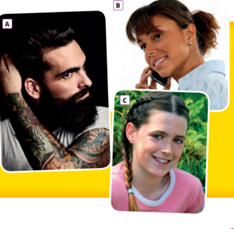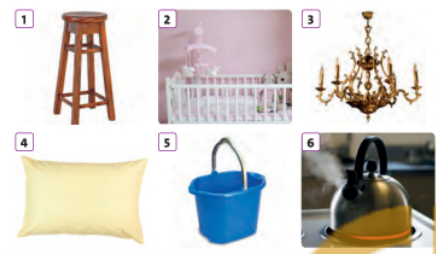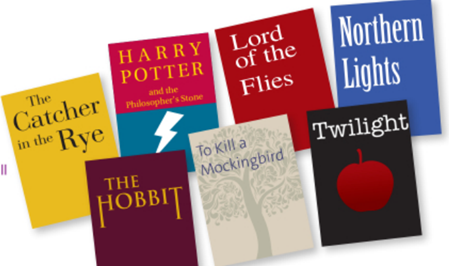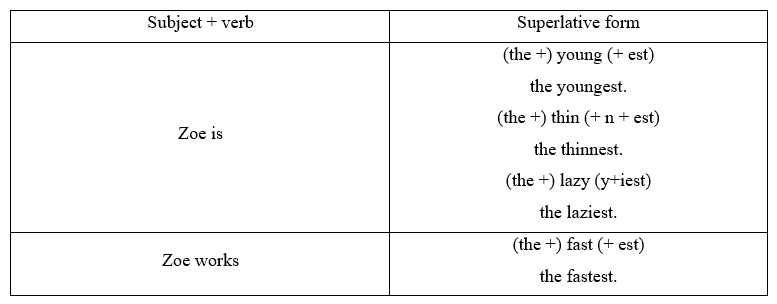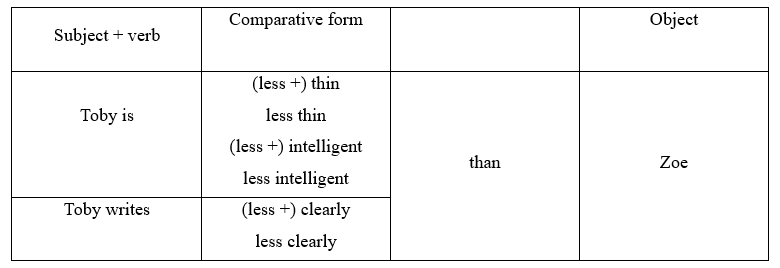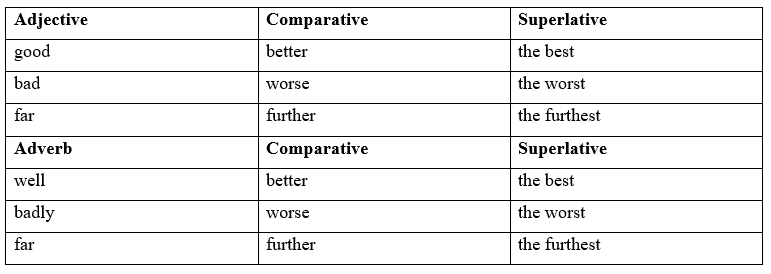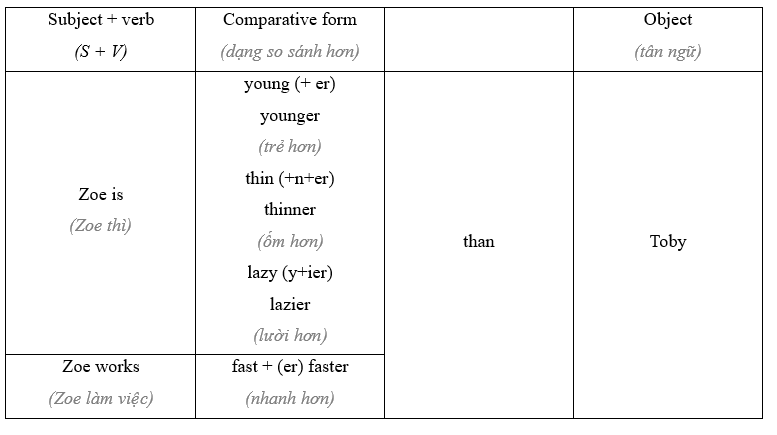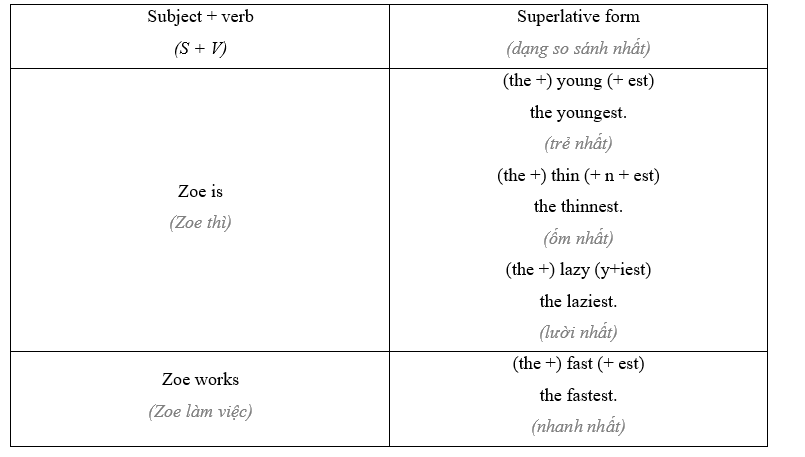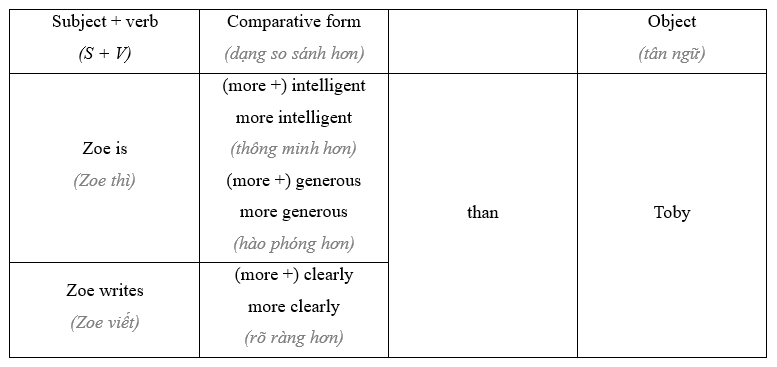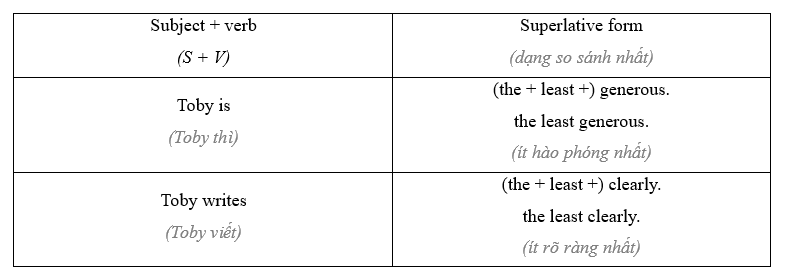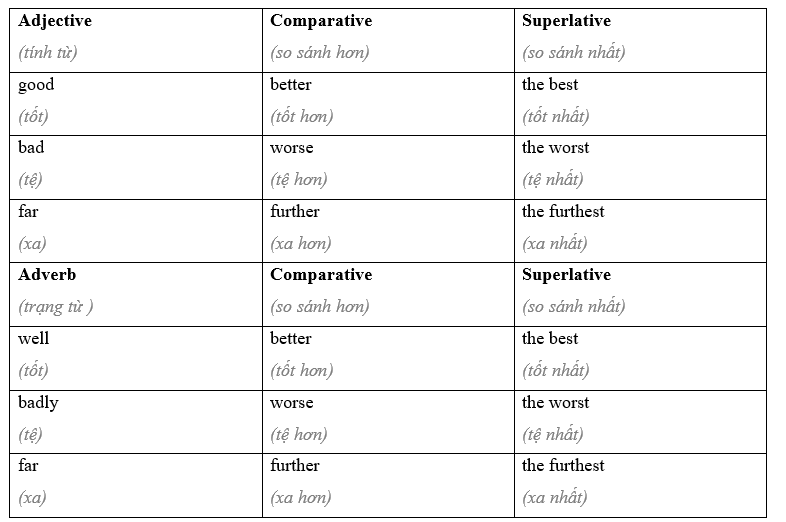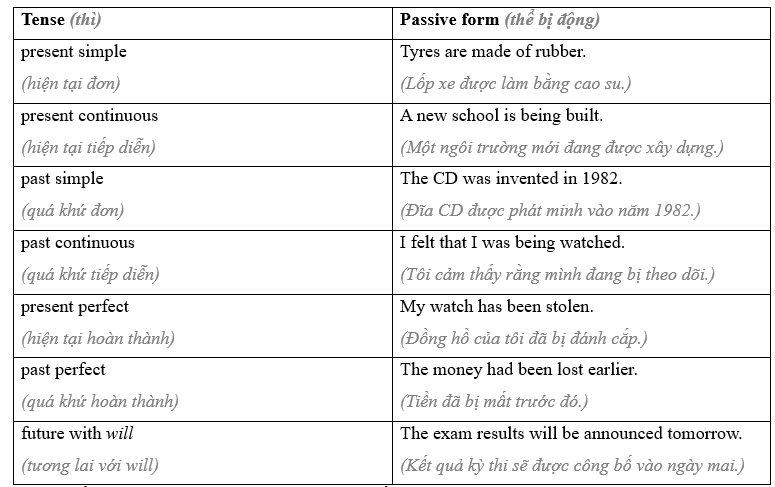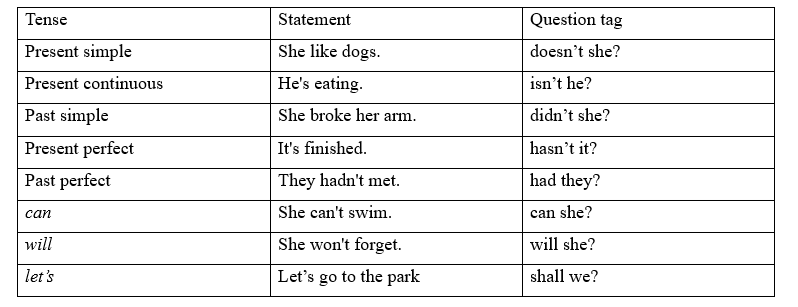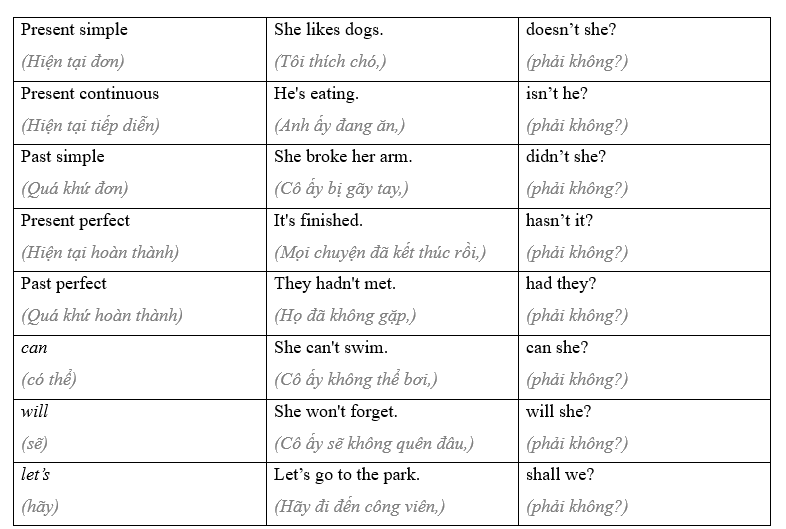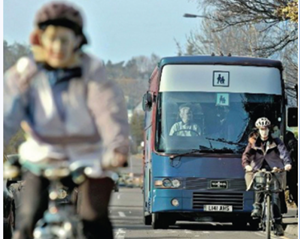Giải SGK, SBT Review Friends Global
Giải SGK, SBT Review Friends Global
1.2 used to
(đã từng)
We use used to plus the infinitive without to to describe past situations or habits that are different now.
I used to go ice skating. (I don't go now.)
She didn't use to be confident. (She's confident now.)
|
Affirmative |
Negative |
Interrogative |
|
We used to live in the city. |
We didn't use to go hiking. |
Did you use to live near the sea? |
Tạm dịch
Chúng ta dùng used to cộng với động từ nguyên thể không to để diễn tả những tình huống hoặc thói quen trong quá khứ khác với bây giờ.
Tôi đã từng đi trượt băng. (Tôi không đi bây giờ.)
Cô không quen tự tin. (Bây giờ cô ấy tự tin.)

1 Complete the dialogue with the correct form of used to and the verbs in brackets.
(Hoàn thành đoạn hội thoại với dạng đúng của used to và động từ trong ngoặc.)
Maria: Let me see that photo. Hey, you 1_________ (have) long hair! I didn't know that.
Sam: I know. I was about fourteen then. I 2_________ (be) a fan of heavy metal.
Maria: My brother 3_________ (like) heavy metal. He often went to concerts with friends. But he 4_________ (not invite) me.
Sam: I 5_________ (not go) to concerts. The tickets were too expensive. But I 6_________ (listen) to CDs a lot. What about you? What kind of music 7_________ (you / listen) to when you were younger?
Maria: I 8_________ (enjoy) listening to pop music and dancing with my friends.
Sam: 9_________ (you / go) to discos?
Maria: Not really. We were too young. But my dad 10_________ (take) me to pop concerts sometimes. I loved those.
8.3 Reply questions
(Câu hỏi đáp trả)
We use a reply question to respond to a statement. They express interest or surprise.
“I've bought a new bike.”
“Have you? How could you afford it?”
We use the verb be, auxiliary verbs (do, have), or modal verbs (will, would, etc.), depending on the tense and verb form in the statement.
'He hasn't seen that film.
'Hasn't he? Well, let's rent it, then.'
'I hate cats'
'Do you? I thought you liked them."
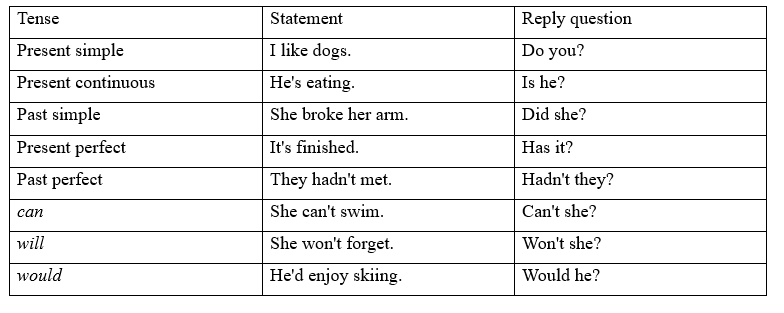
Notice these special cases:
I'm not hungry. "Aren't you?' NOT Amn't you? X
"You never invite me to your house." "Don't I?"
"Nothing bad happened." "Didn't it?"
'Nobody wants to sit next to me.' 'Don't they?"
Tạm dịch
Chúng ta sử dụng một câu hỏi đáp trả để trả lời một tuyên bố. Họ thể hiện sự quan tâm hoặc ngạc nhiên.
“Tôi đã mua một chiếc xe đạp mới.”
“Có thật không? Làm thế nào bạn có thể đủ khả năng đó?
Chúng ta sử dụng động từ be, trợ động từ (do, have), hoặc động từ khuyết thiếu (will, would, v.v.), tùy thuộc vào thì và dạng của động từ trong câu.
'Anh ấy chưa xem bộ phim đó.
'Phải không? Vậy thì chúng ta hãy thuê nó.
' Em ghét mèo'
'Thật hả? Anh tưởng em thích chúng."
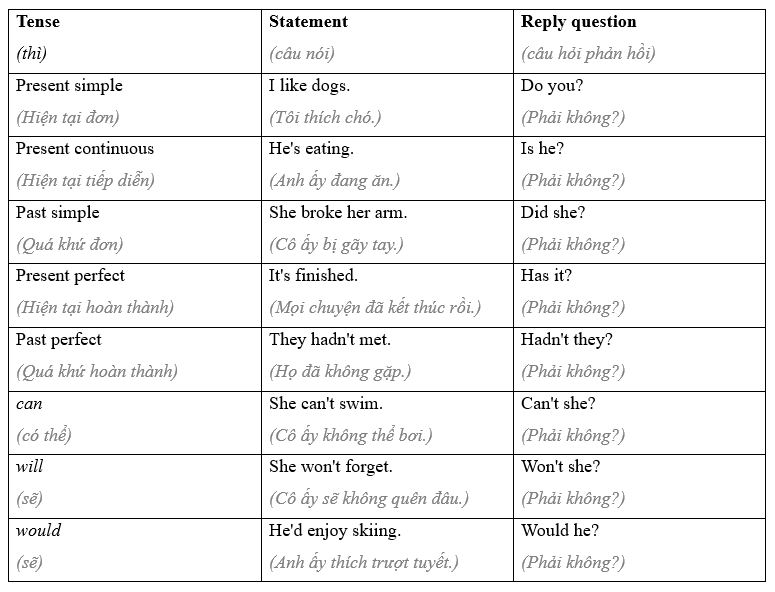
Lưu ý những trường hợp đặc biệt này:
Tôi không đói. "Phải không?" (Aren’t you) KHÔNG DÙNG dạng Amn’t you?X
"Anh không bao giờ mời tôi đến nhà anh." "phải không?"
"Không có gì xấu xảy ra." "Phải không?"
'Không ai muốn ngồi cạnh tôi.' “Phải không?”
1 Match the reply questions (a-e) with the statements (1-5).
(Ghép các câu hỏi phản hồi (a-e) với các câu (1-5).)
|
1 Yesterday was Monday. 2 Nothing exciting happened on holiday. 3 Our dog had never run away before. 4 The train had to stop suddenly. 5 My laptop has broken again. |
a Didn't it? b Did it? c Was it? d Has it? e Hadn't it? |



